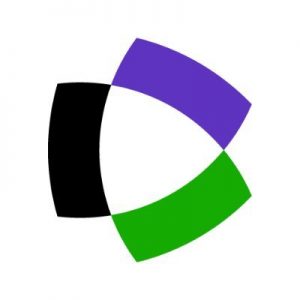An English university has issued a finding of research misconduct against a former graduate student and is requesting 10 retractions of his published work, which they say bears the marks of being papermilled.
The former student, Sameer Quazi, was enrolled at the University of Manchester in 2021 in the school’s “PGCert” program in clinical bioinformatics, according to his LinkedIn profile. The certificate program sits between undergraduate and masters training. Quazi’s profile states he is currently enrolled in a master’s program in biomedical sciences at Anglia Ruskin University, in Cambridge. (Update, 2/7/25: As of 2/3/25, his LinkedIn profile says he left there this month, and Ruskin tells us his course there ended in March 2023.)
According to a January 30 statement from the university:
Continue reading Former student was running a paper mill, says University of Manchester







